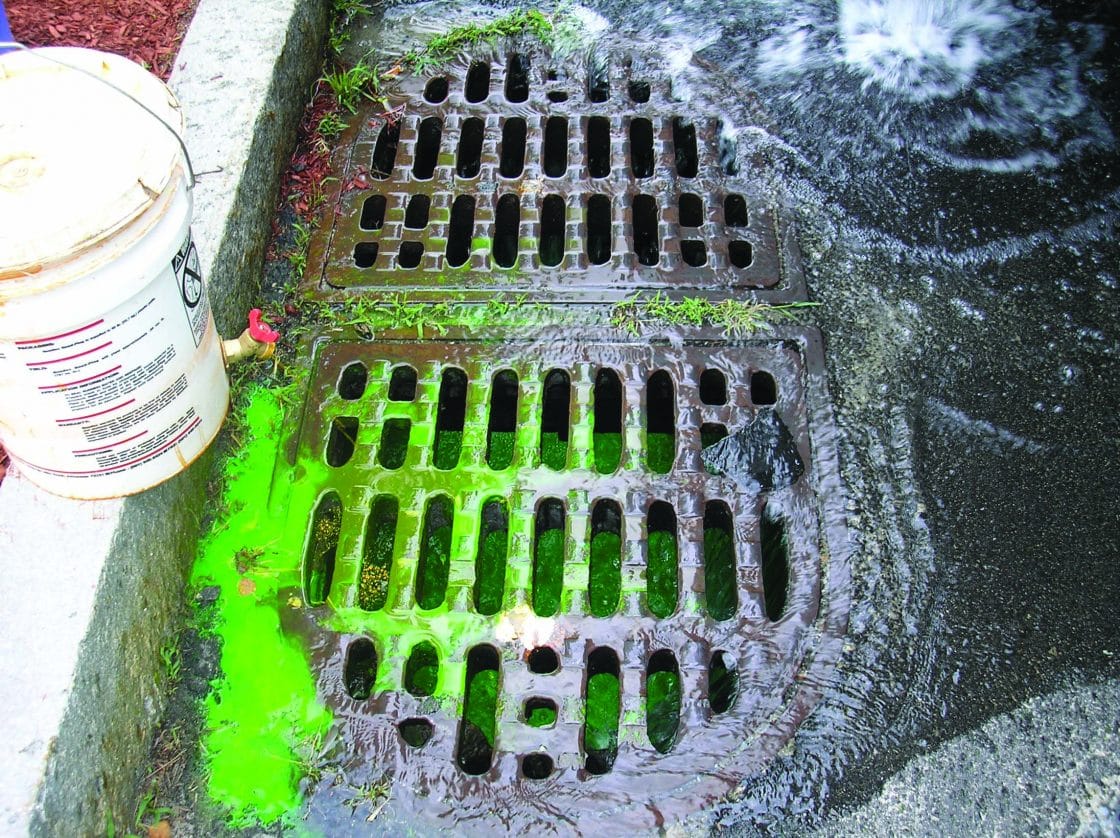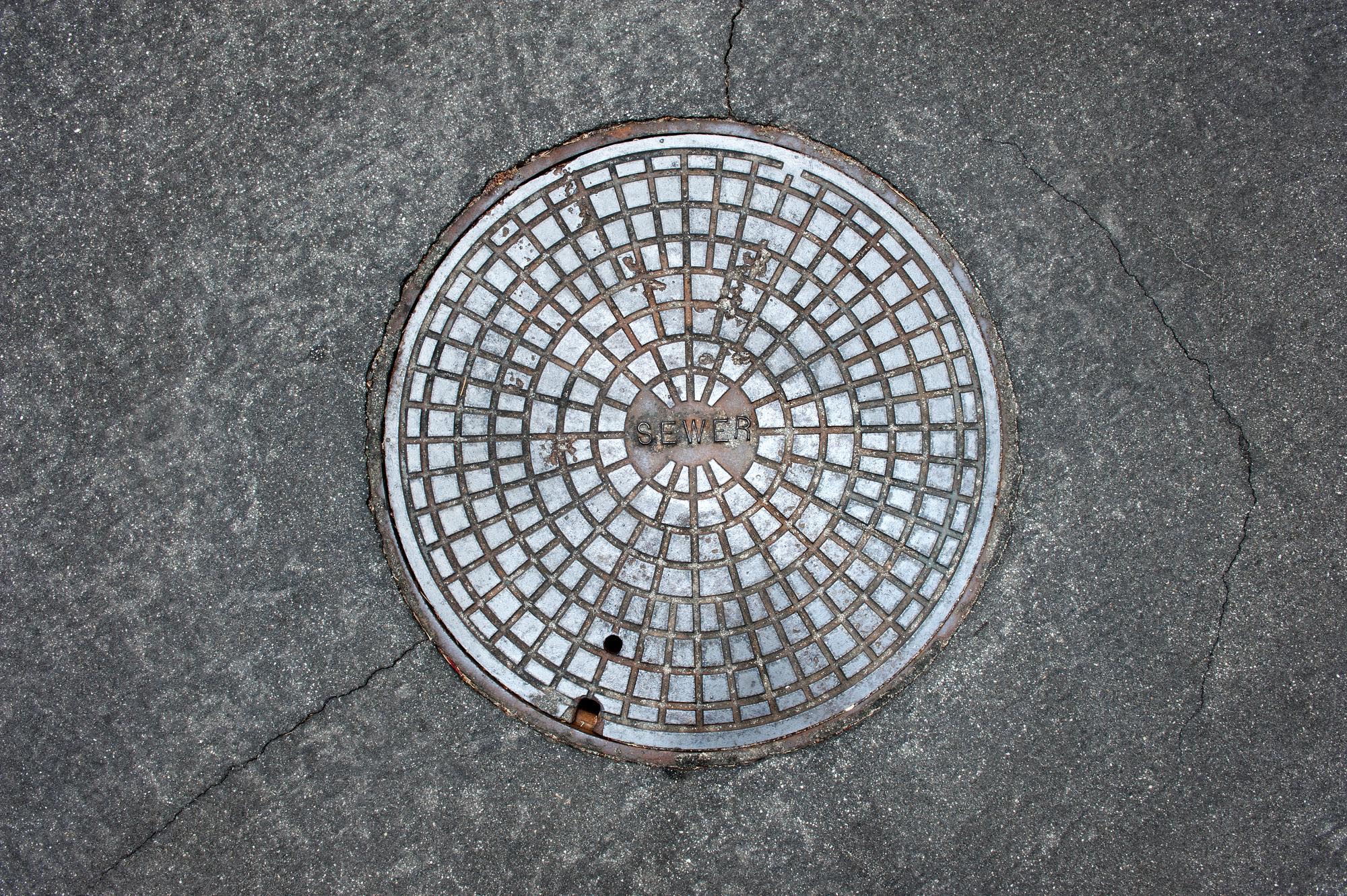Infiltration and Inflow Studies
Sanitary sewer collection systems are engineered to transport wastewater from homes and businesses to treatment facilities. However, leaks in pipes and manholes, cracks in joints, and unauthorized connections can allow groundwater and stormwater — collectively known as infiltration and inflow (I/I) — to enter the sewer system. These extraneous flows are typically cleaner than wastewater but place a significant burden on sewer infrastructure and treatment plants.

Excessive I/I can overwhelm collection systems, reduce treatment capacity, trigger sewer system overflows (SSOs), increase operational costs, and compromise compliance with regulatory discharge limits. Reducing I/I is essential to protect public health, minimize environmental risk, and preserve valuable treatment capacity.
Our Approach to I/I Identification and Reduction
At Tata & Howard, we help communities diagnose, prioritize, and remediate I/I issues through a systematic, data-driven process tailored to each system’s needs. Our methodology typically includes the following steps:
System Characterization & Flow Monitoring
We begin by dividing the sewer network into logical sub-basins and installing flow meters to capture dry-weather and wet-weather flow data. This allows us to quantify where excess flows are occurring and prioritize areas for further investigation.
Field Investigations
Once potential problem areas are identified, we perform targeted field work, including the following:
- Manhole inspections
- Closed-circuit television (CCTV) pipe inspections
- Smoke testing and dye testing
- House-to-house surveys
These activities pinpoint structural defects, illegal connections, and other sources of I/I.
Prioritization and Rehabilitation Planning
Using the data collected, we develop a prioritized rehabilitation plan that focuses on the most impactful improvements first. Rehabilitation methods may include the following:
- Localized repairs to pipe joints and manholes
- Trenchless rehabilitation (such as cured-in-place pipe liners)
- Pipe bursting and selective replacement
Our team is experienced with both traditional and state-of-the-art rehabilitation techniques to deliver cost-effective solutions that extend system life.
Why I/I Reduction Matters
Addressing infiltration and inflow isn’t just an infrastructure repair; it’s a strategic investment in long-term system performance. Proper I/I reduction can result in the following benefits:
- Increased treatment plant capacity without costly upgrades
- Reduced energy and treatment costs by eliminating unnecessary flows
- Fewer overflows and regulatory violations
- Improved system reliability and public confidence
Partner With Us
Whether you are just beginning to understand your system’s I/I challenges or are ready to implement targeted repairs, Tata & Howard has the technical expertise and practical experience to guide your community from investigation through implementation.
Contact us today to learn how we can support your municipality, utility, or engineering team in managing I/I and improving wastewater system performance.


